Walk With Me Savannah Tours présente 'Rising Voices', une tournée historique de Savannah mettant exclusivement en vedette des récits et des personnages sous-représentés.
Historiquement, trop de récits ont été minimisés ou simplement exclus des histoires soigneusement élaborées de la société. Faites une visite à pied où nous mettrons plutôt exclusivement en évidence ces voix sous-représentées.
Nous nous concentrerons sur la vie et les réalisations des résidents noirs, autochtones, queer et féminins de Savannah et comment ils ont eu un impact sur le monde qui les entoure, de telle manière une façon dont Savannah telle qu'elle est n'existerait pas sans chacun d'eux.
Les visites commencent à Franklin Square et se terminent à Monterey Square.
La ville de New York
Explorer
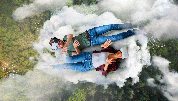 Expériences uniques
Expériences uniques
 Services de voyage et de transport
Services de voyage et de transport
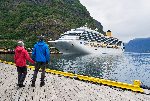 Tours, visites et croisières
Tours, visites et croisières
 Billets et laissez-passer
Billets et laissez-passer
 Billets et laissez-passer pour événements sportifs
Billets et laissez-passer pour événements sportifs
 Petit groupe
Petit groupe
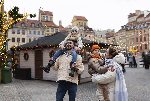 Occasions saisonnières et spéciales
Occasions saisonnières et spéciales
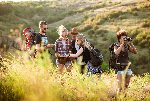 Mesures d'assainissement appliquées
Mesures d'assainissement appliquées
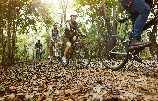 Activités extérieures
Activités extérieures
 Susceptible de se vendre
Susceptible de se vendre
 Visites amicales LGBT
Visites amicales LGBT
 Accueille les enfants
Accueille les enfants
 Bon pour éviter les foules
Bon pour éviter les foules
 Nourriture boisson
Nourriture boisson
 Excellente qualité
Excellente qualité
 Cours & Ateliers
Cours & Ateliers
 Meilleure conversion
Meilleure conversion
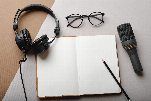 Audioguides
Audioguides
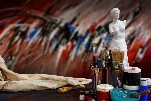 Art & Culture
Art & Culture
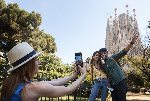 Viateur Plus
Viateur Plus
 Expériences uniques
Expériences uniques
 Services de voyage et de transport
Services de voyage et de transport
 Tours, visites et croisières
Tours, visites et croisières
 Billets et laissez-passer
Billets et laissez-passer
 Billets et laissez-passer pour événements sportifs
Billets et laissez-passer pour événements sportifs
 Petit groupe
Petit groupe
 Occasions saisonnières et spéciales
Occasions saisonnières et spéciales
 Mesures d'assainissement appliquées
Mesures d'assainissement appliquées
 Activités extérieures
Activités extérieures
 Susceptible de se vendre
Susceptible de se vendre
 Visites amicales LGBT
Visites amicales LGBT
 Accueille les enfants
Accueille les enfants
 Bon pour éviter les foules
Bon pour éviter les foules
 Nourriture boisson
Nourriture boisson
 Excellente qualité
Excellente qualité
 Cours & Ateliers
Cours & Ateliers
 Meilleure conversion
Meilleure conversion
 Audioguides
Audioguides
 Art & Culture
Art & Culture
 Viateur Plus
Viateur Plus




 fr
fr
 English
English
 Russian
Russian
 Polish
Polish
 Ukrainian
Ukrainian
 Serbian
Serbian
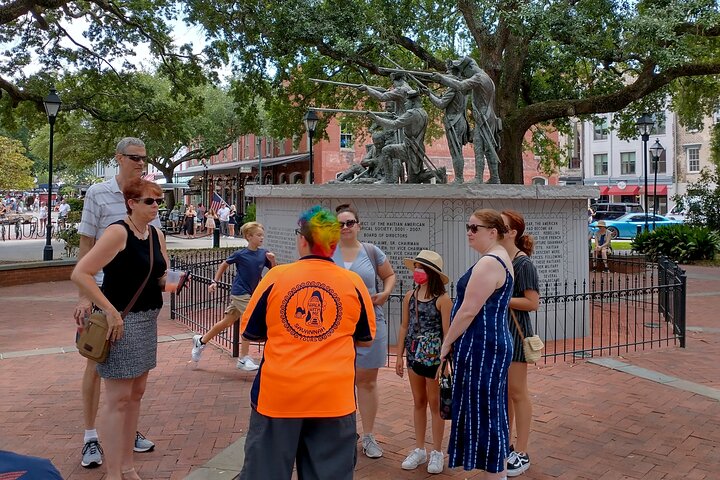
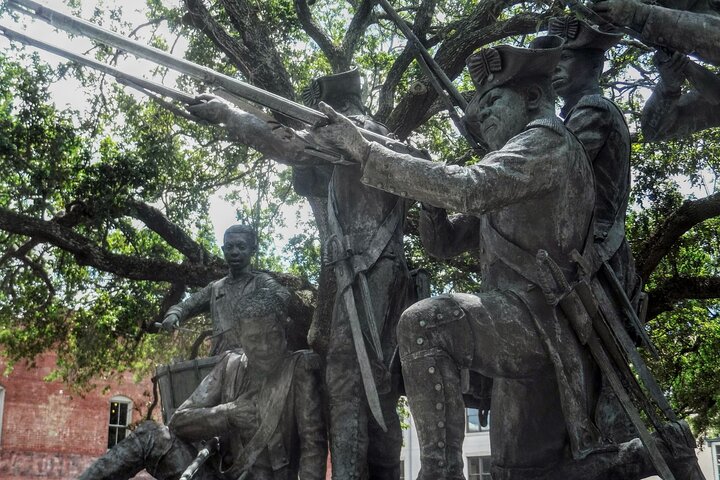
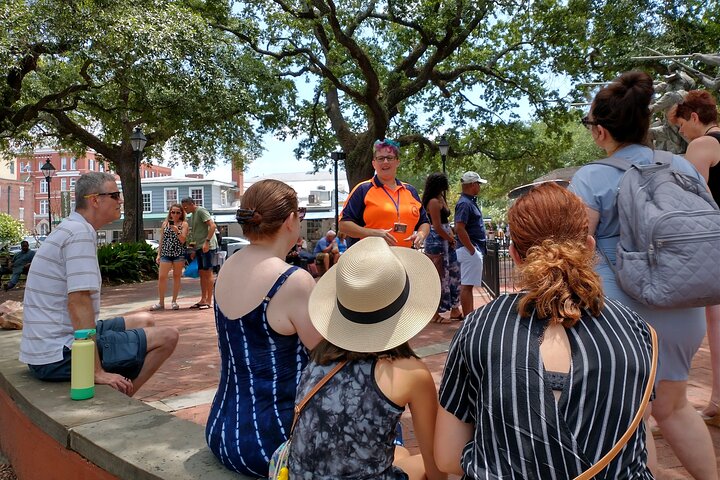
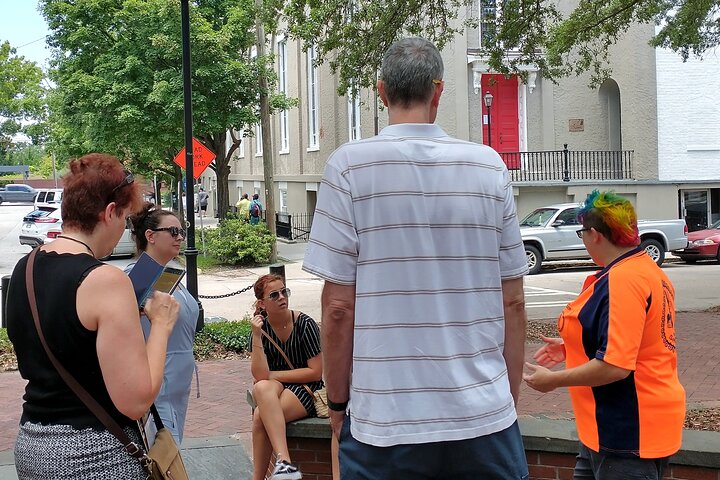
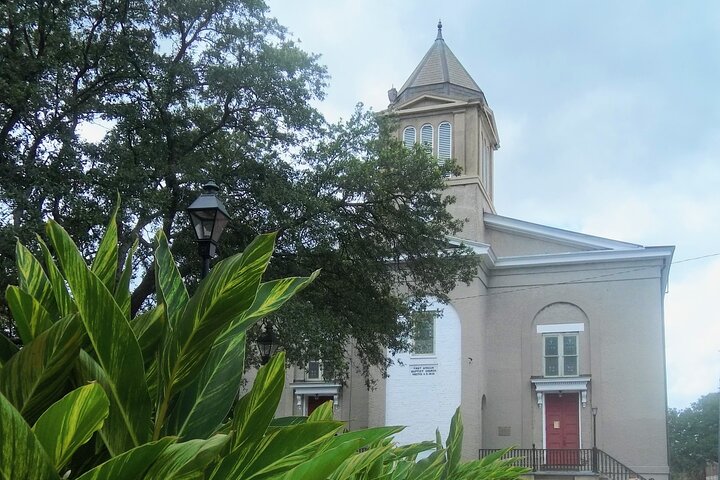
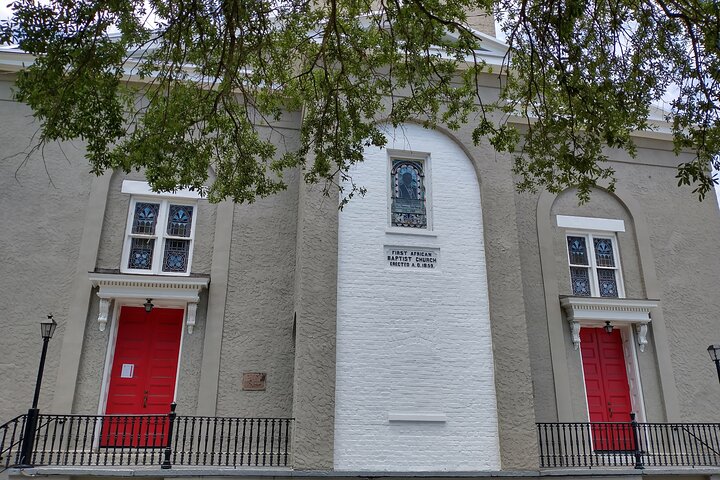
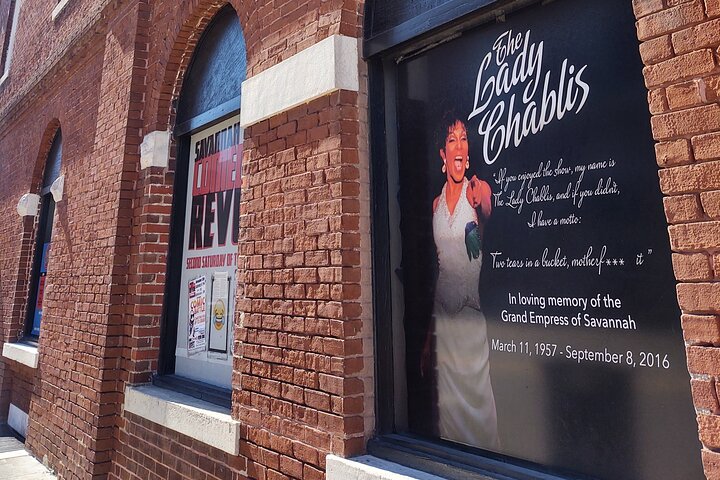
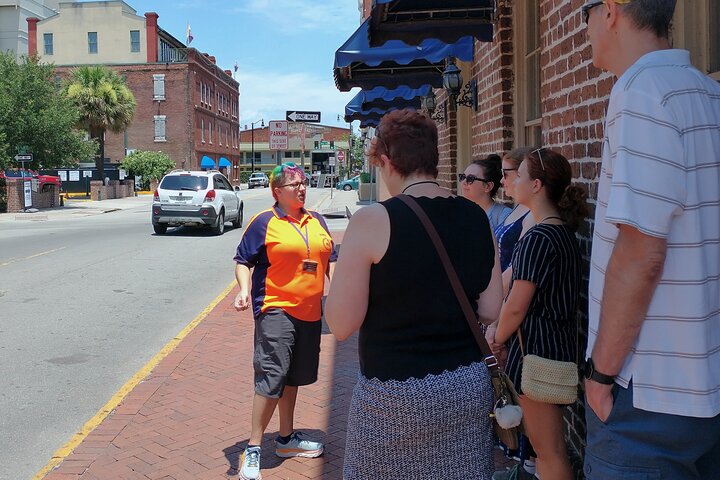
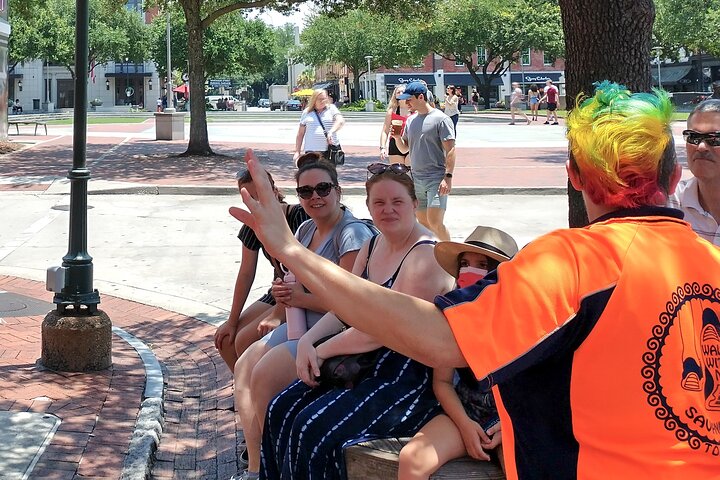
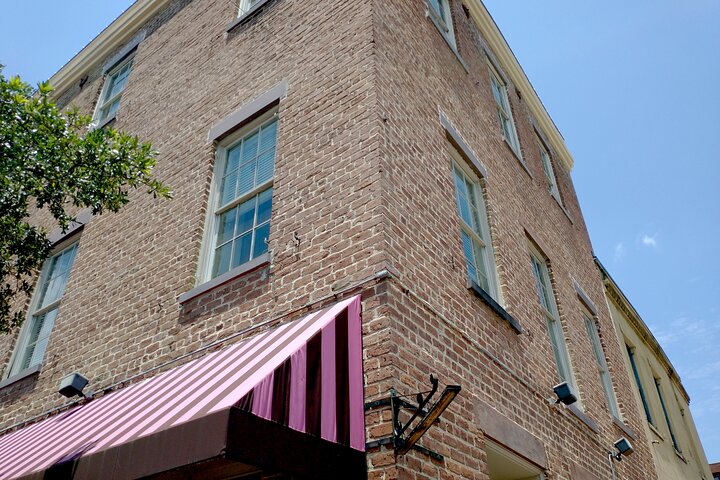
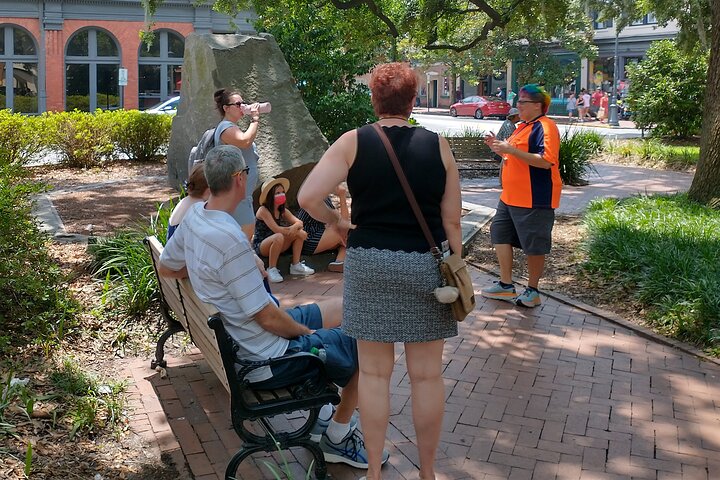
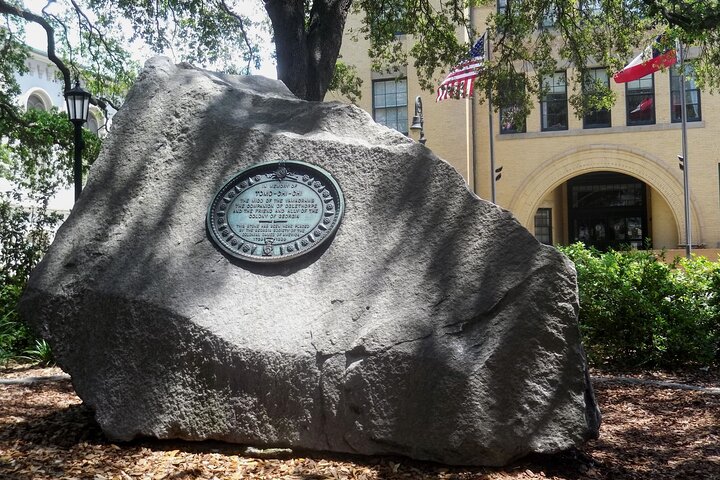
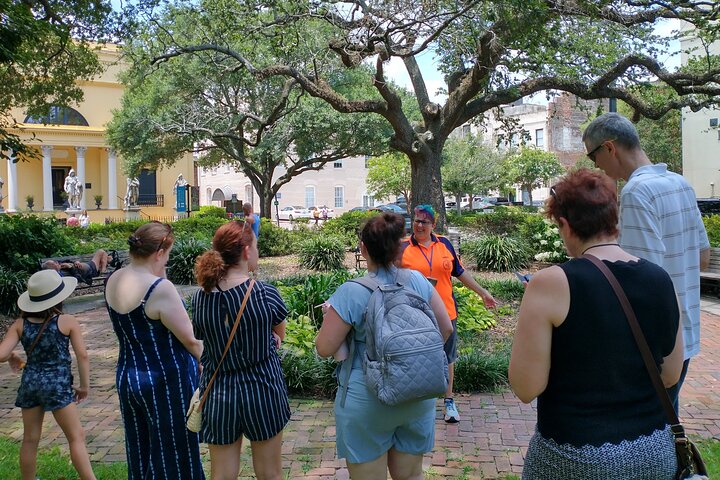
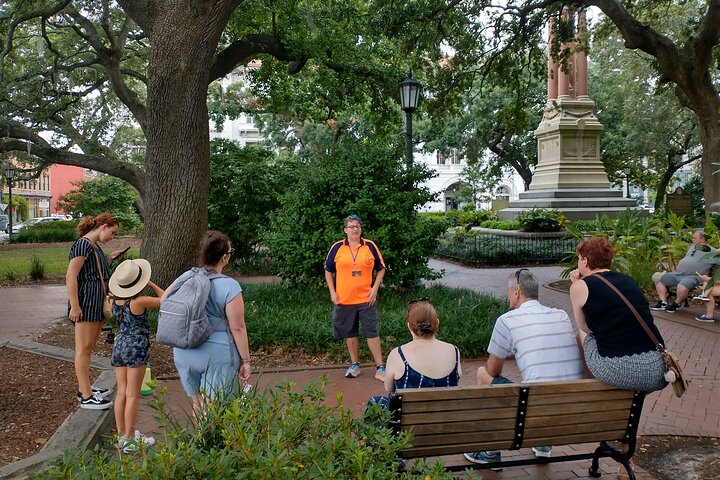
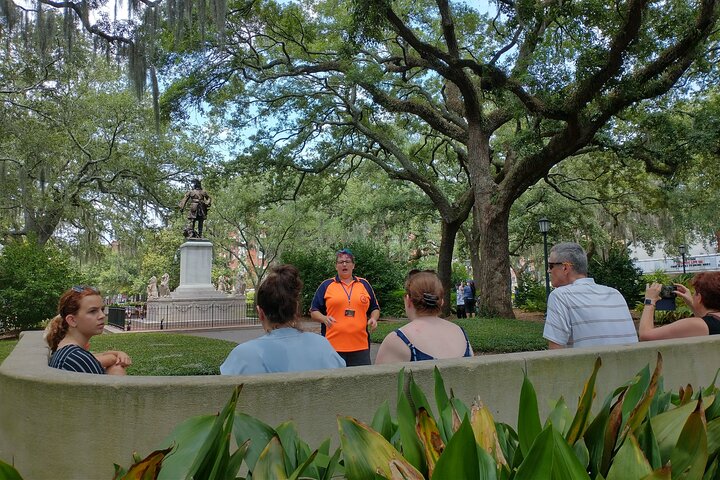
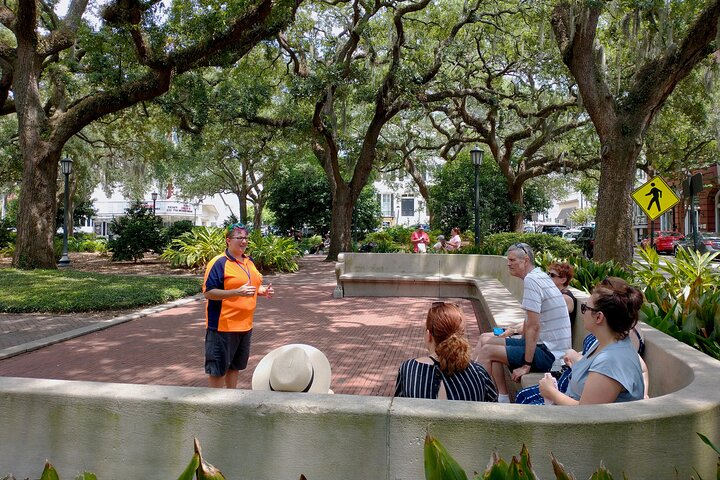
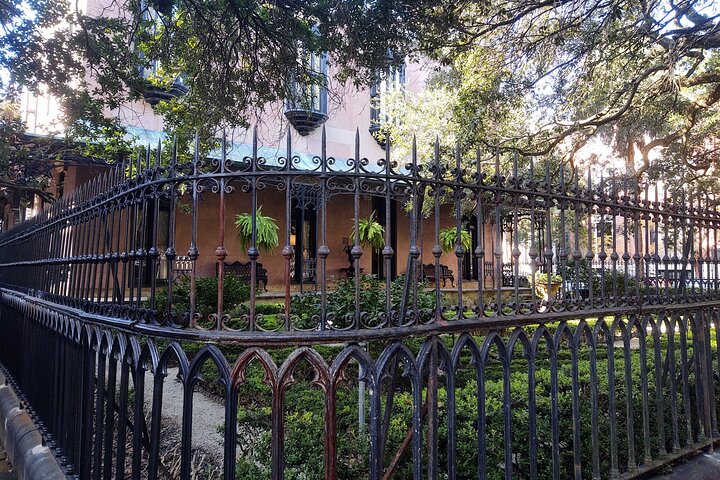
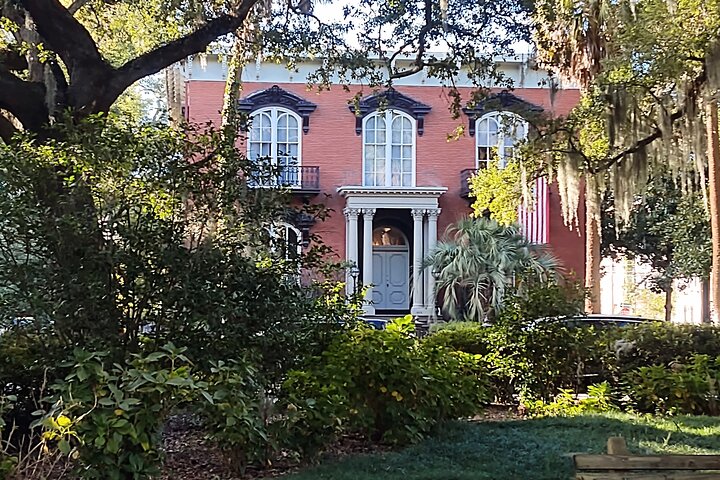
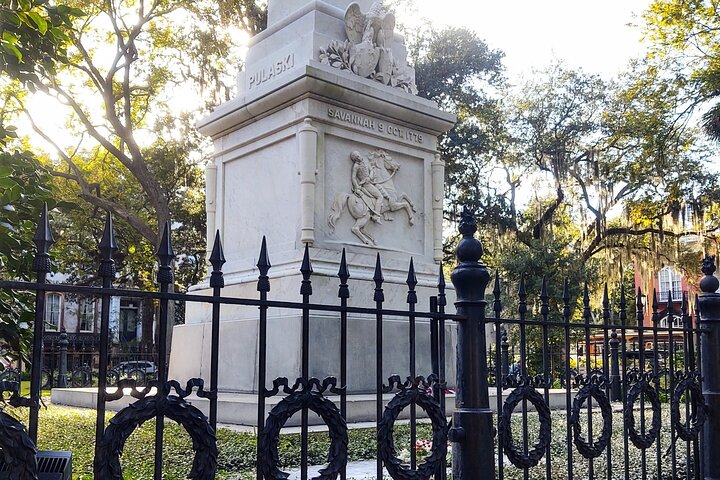
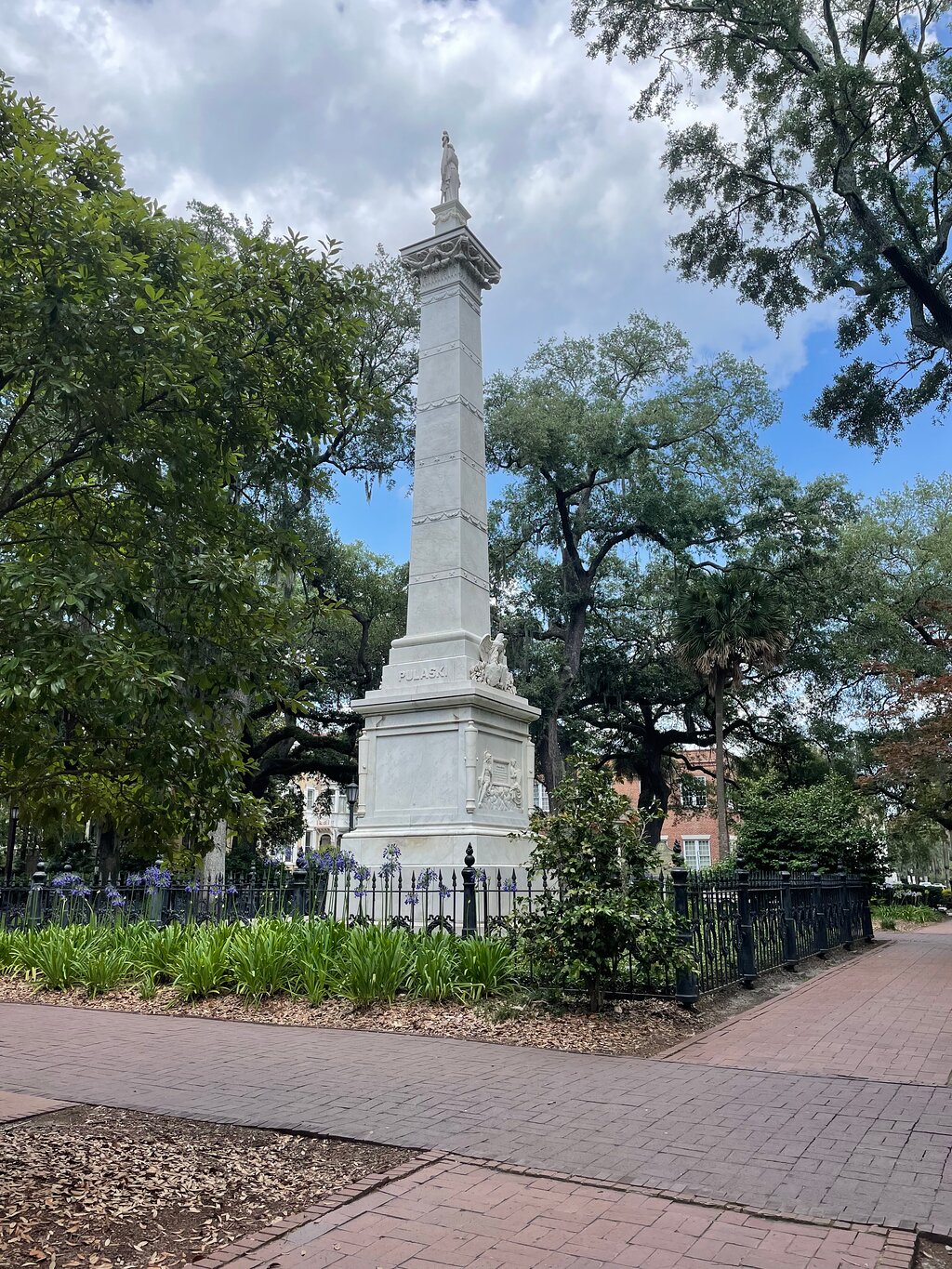

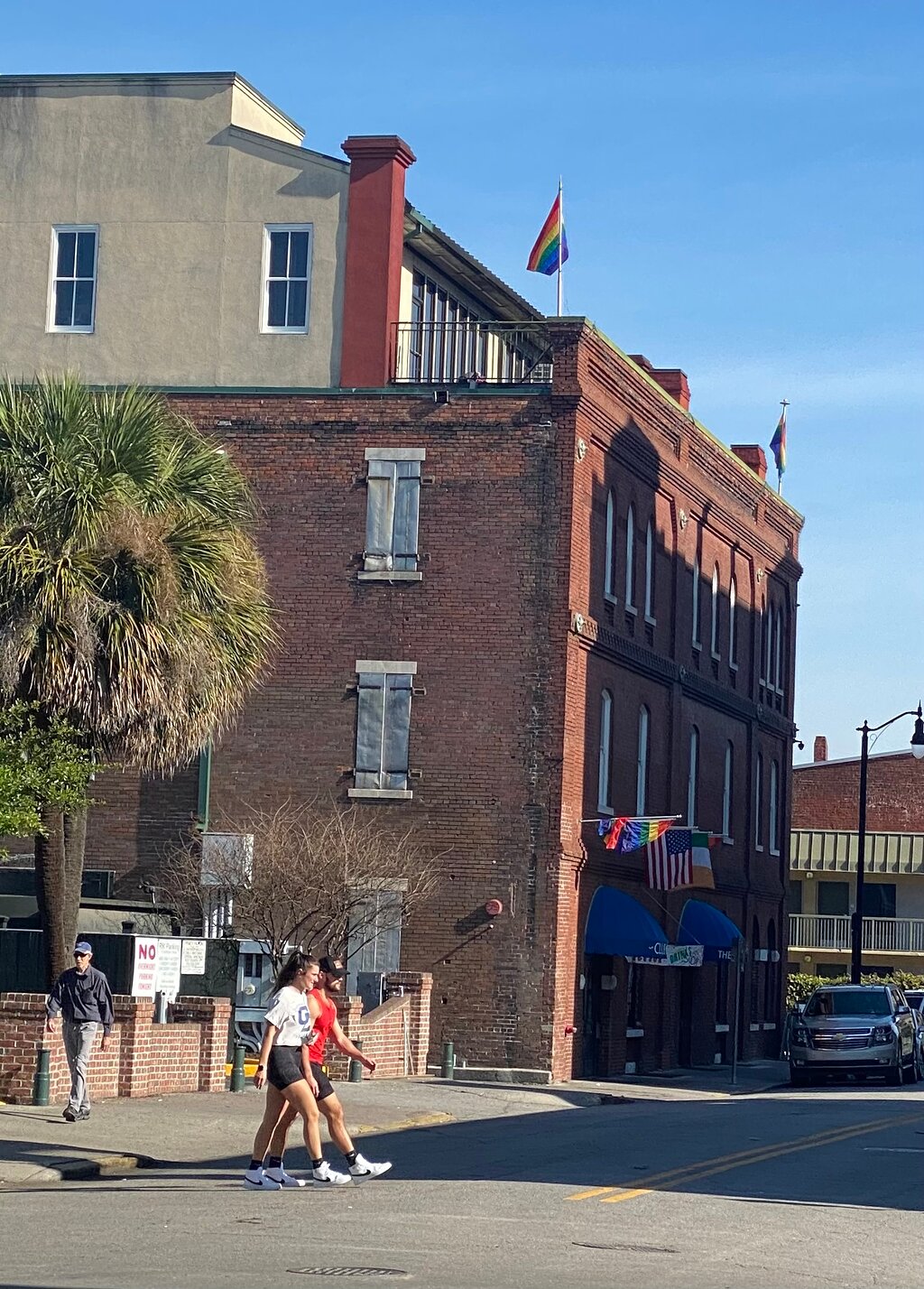
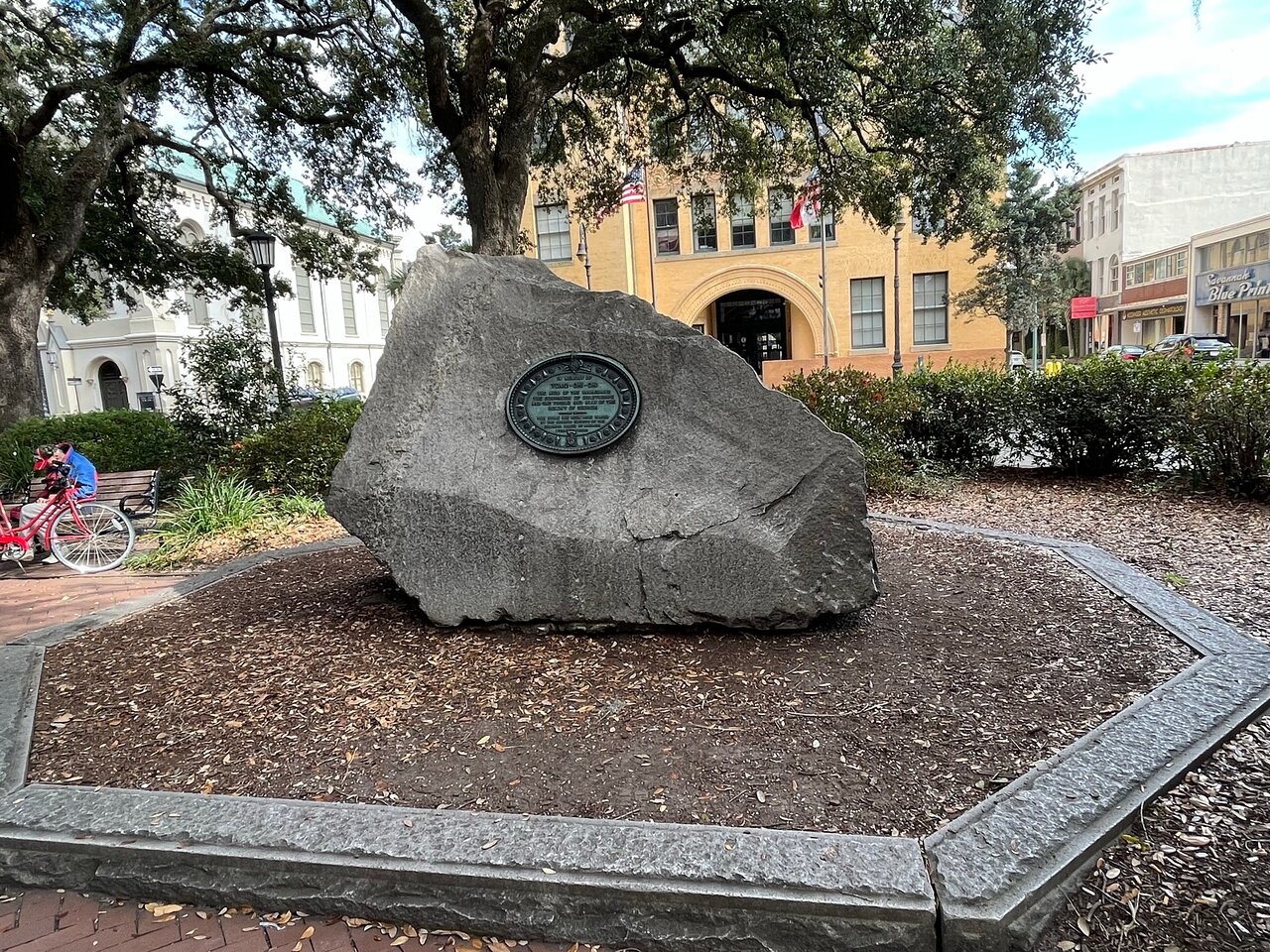


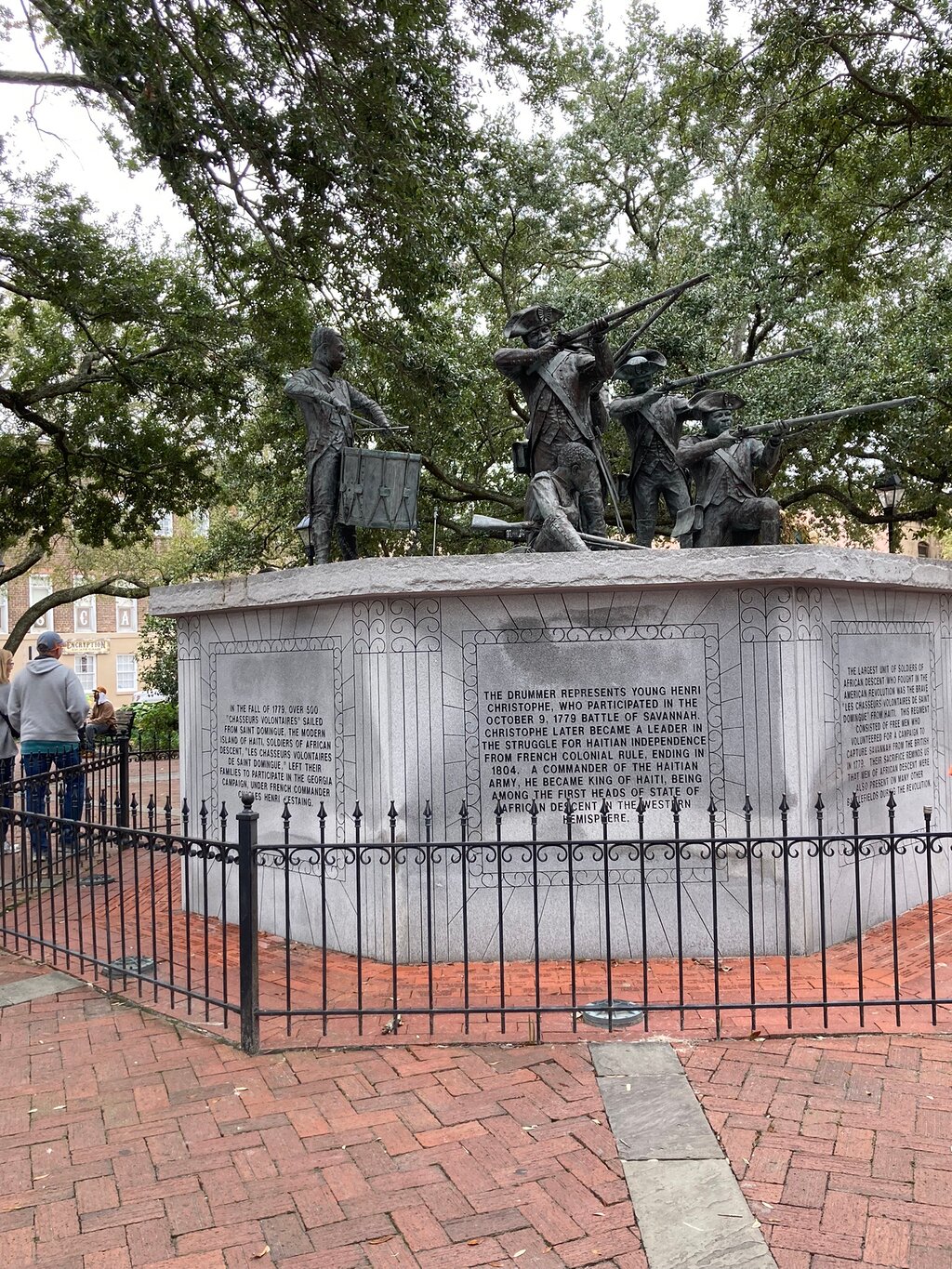

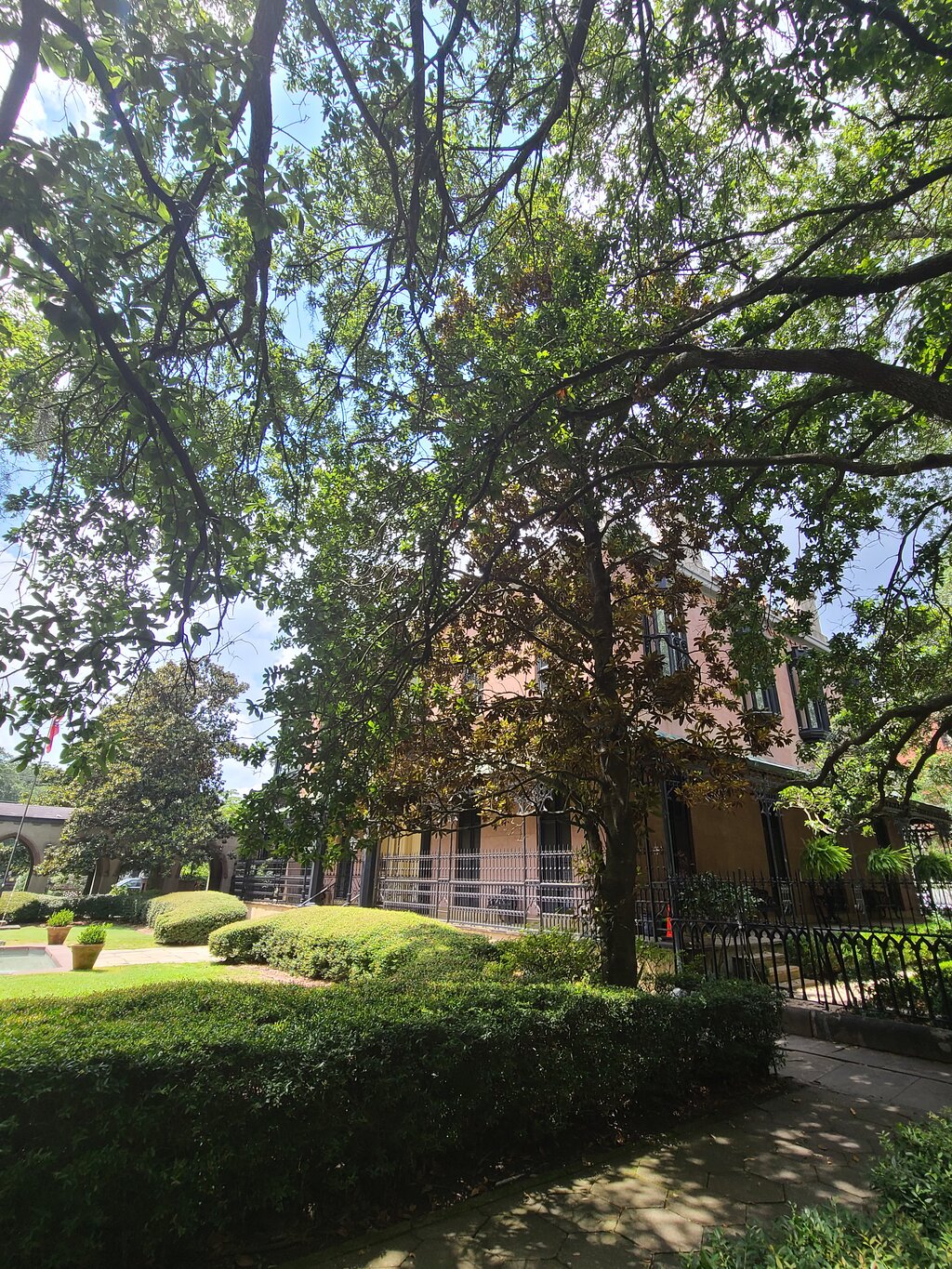
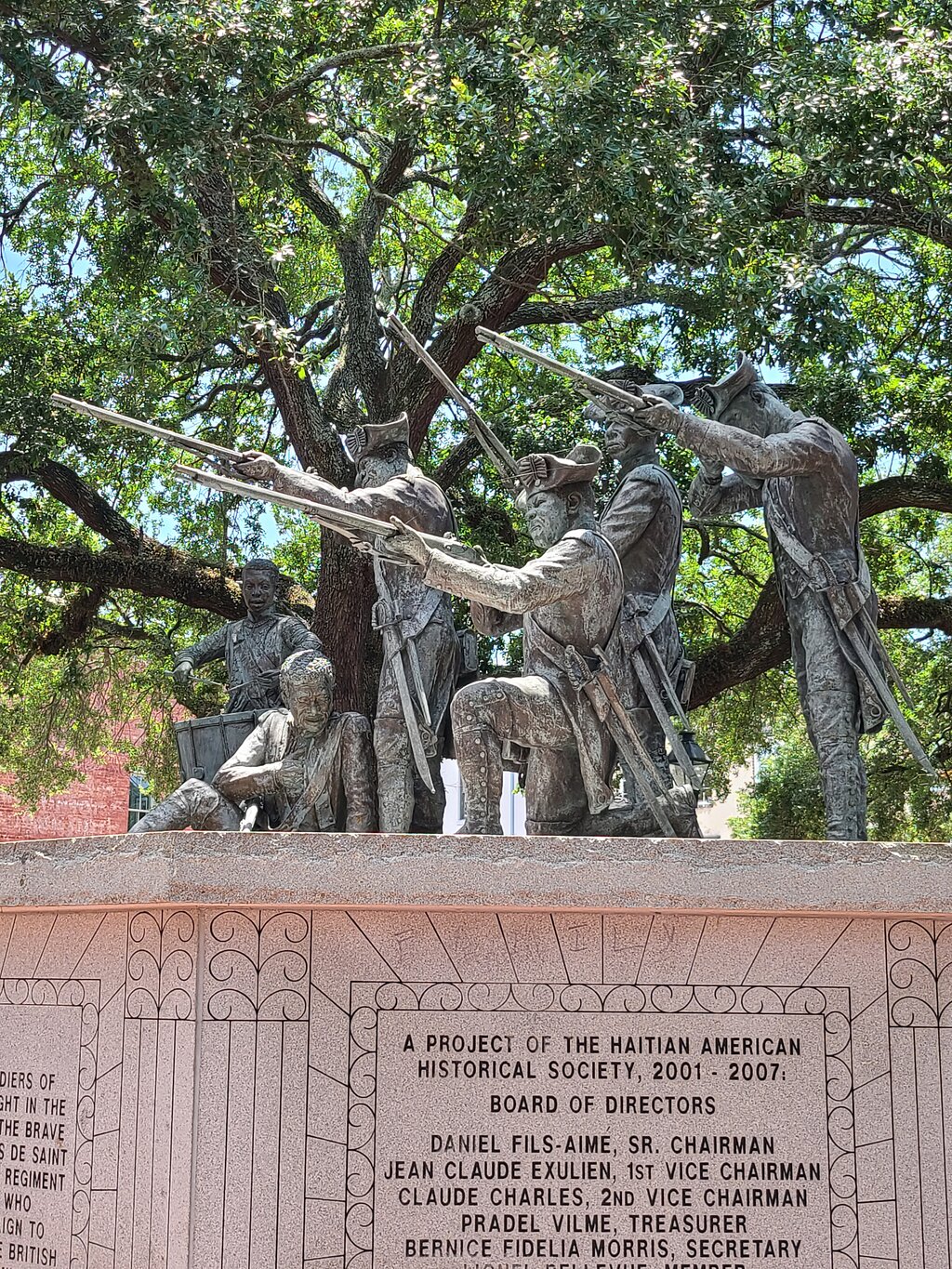




 Suite
Suite
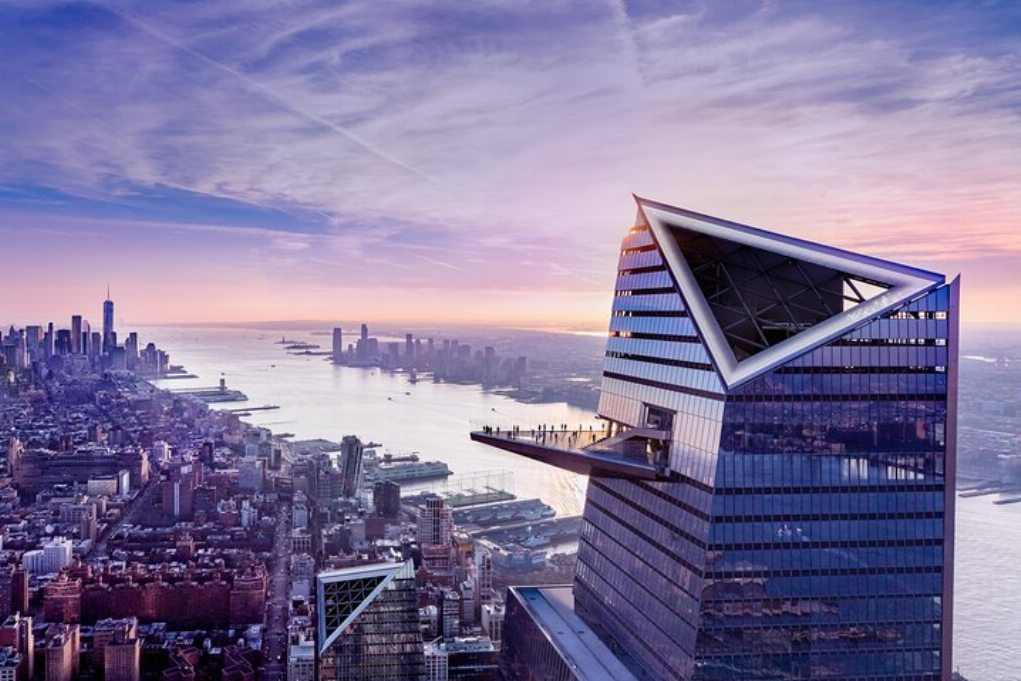
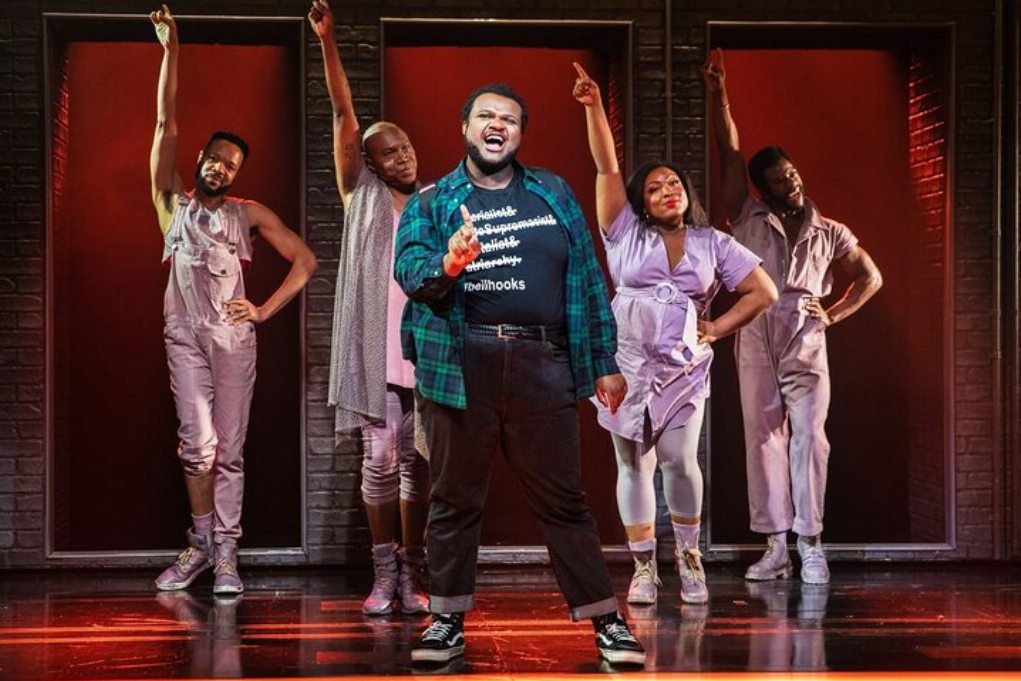
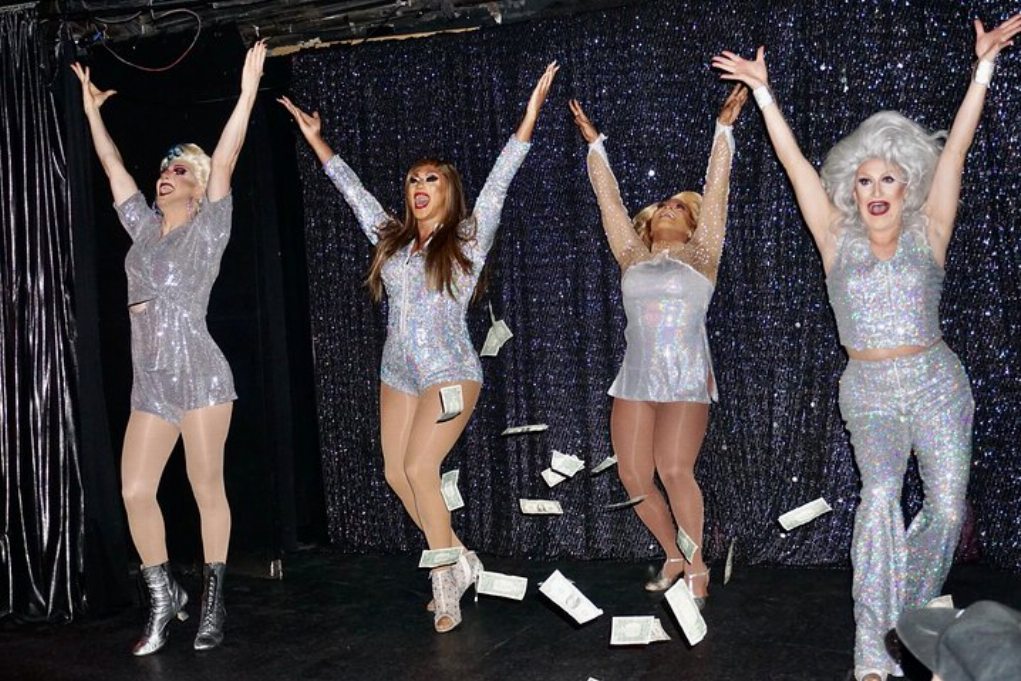
 Continuer avec Google
Continuer avec Google
 Continuer avec Facebook
Continuer avec Facebook
 Continuer avec Twitter
Continuer avec Twitter

